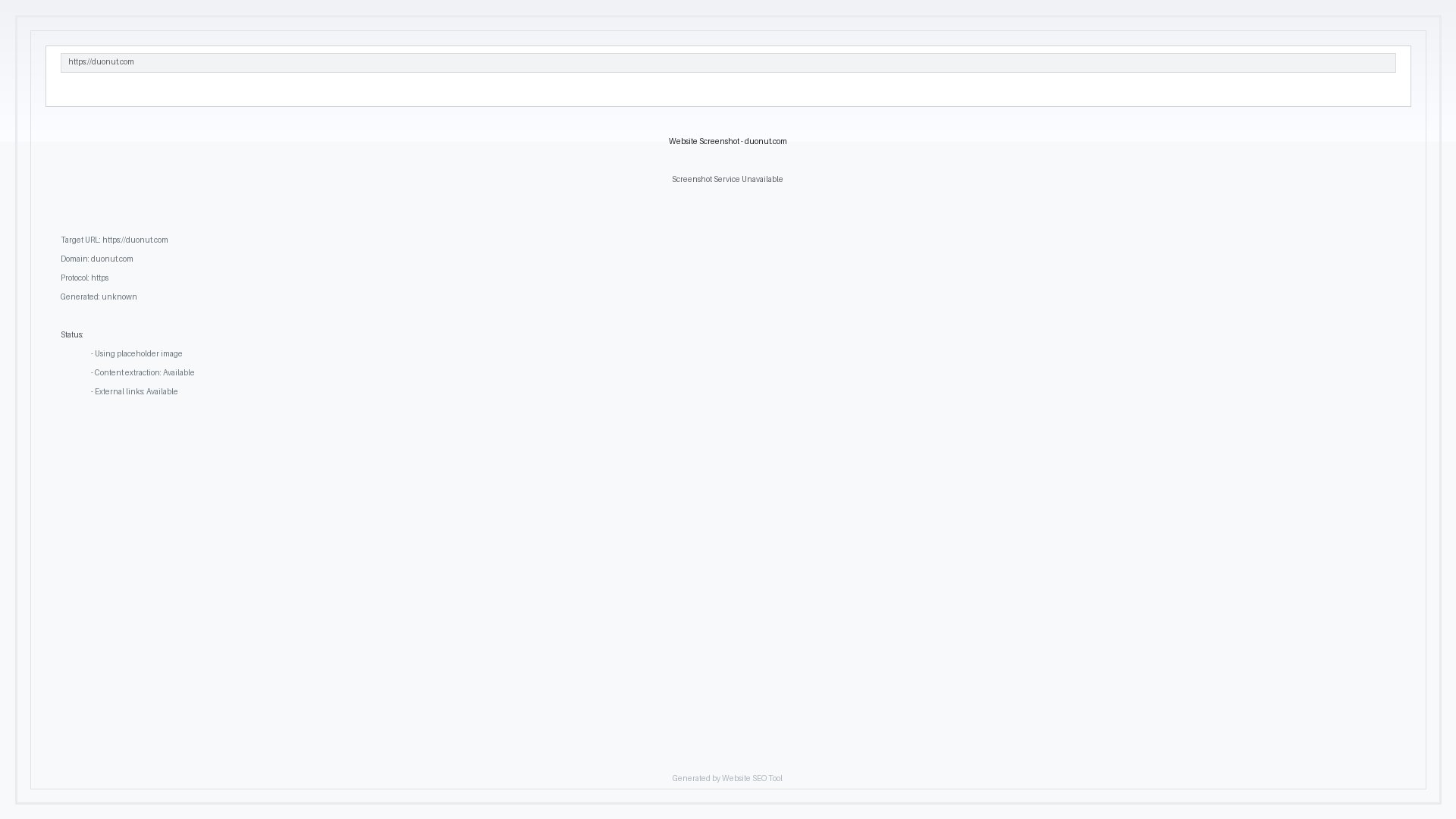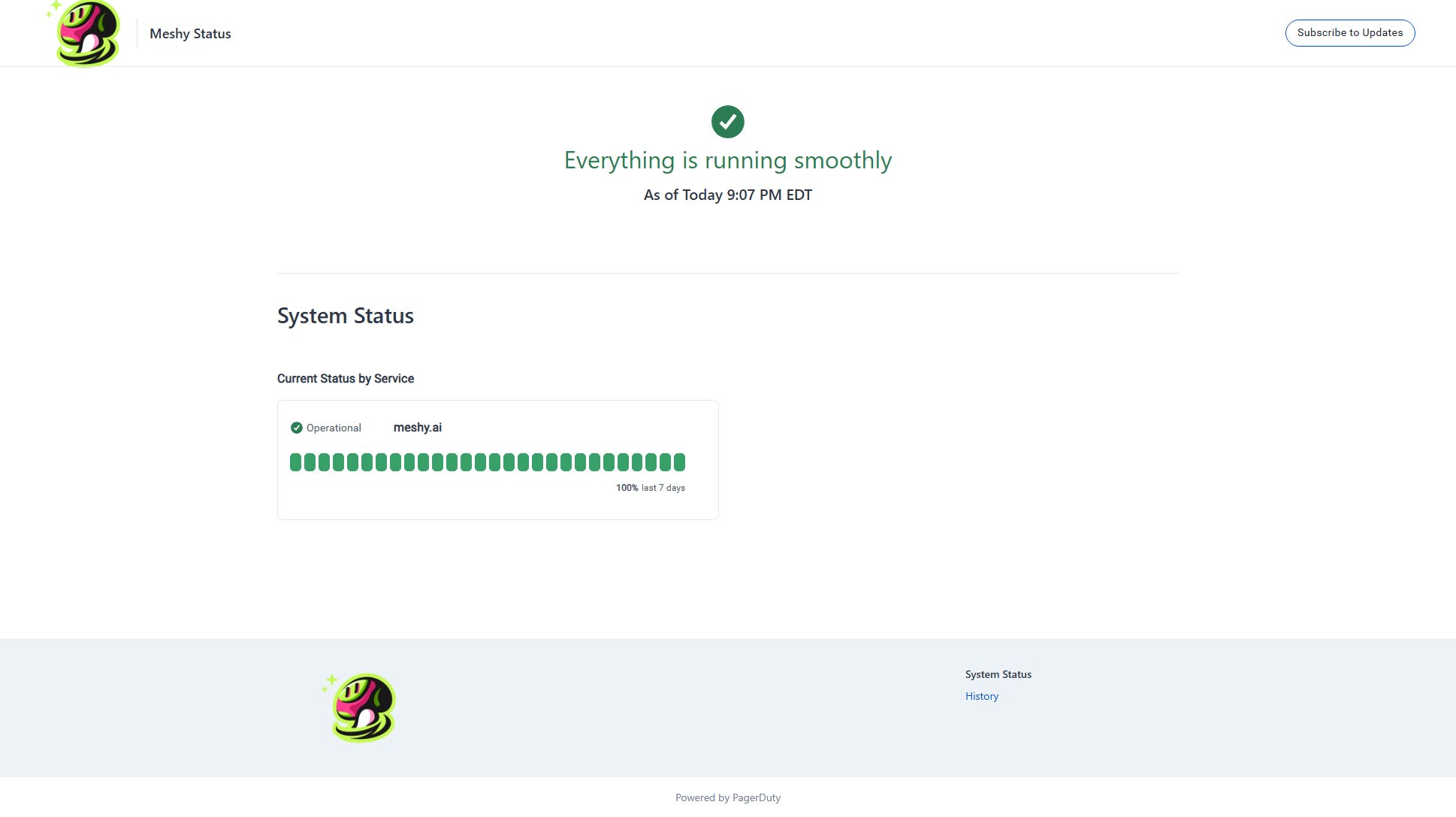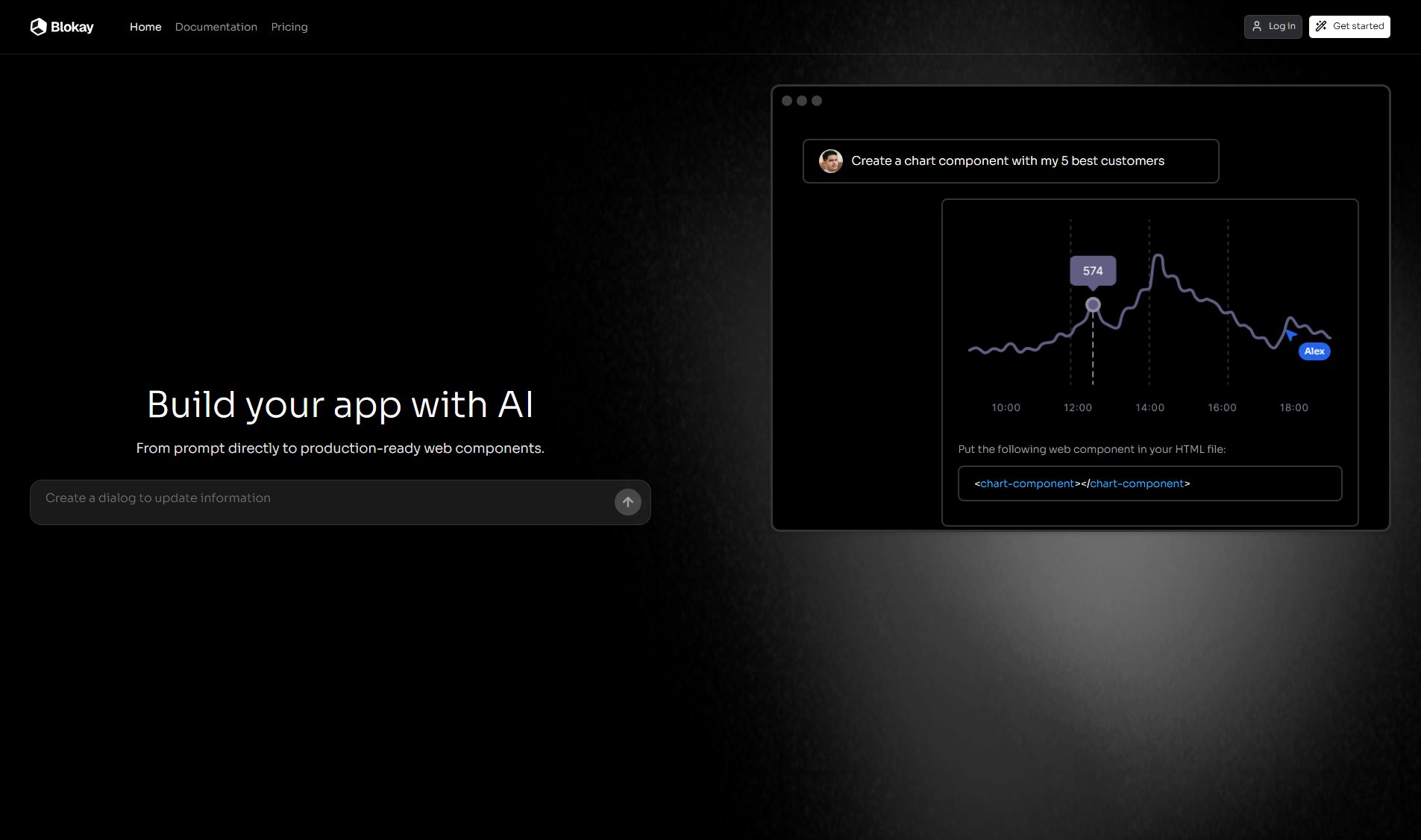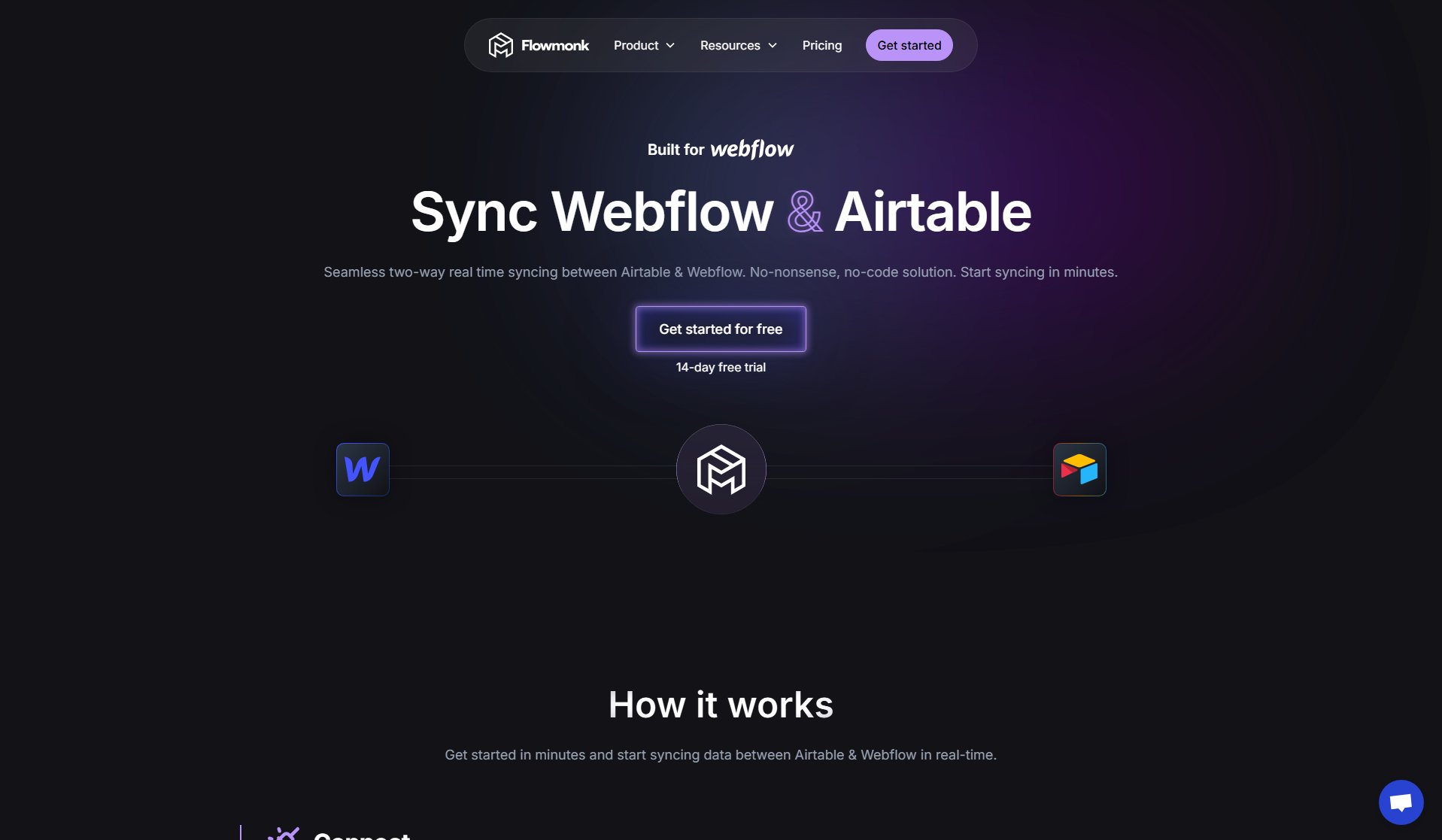nginx
High-performance web server and reverse proxy
What is nginx? Complete Overview
nginx is a powerful, high-performance web server, reverse proxy, and load balancer that is widely used for hosting websites and applications. It is known for its stability, rich feature set, simple configuration, and low resource consumption. nginx solves the problem of efficiently serving web content to a large number of concurrent users while maintaining fast response times and minimal server load. It is particularly popular among web developers, system administrators, and enterprises that require a reliable and scalable web serving solution.
nginx Interface & Screenshots

nginx Official screenshot of the tool interface
What Can nginx Do? Key Features
High Performance
nginx is designed to handle a large number of concurrent connections with minimal memory usage, making it ideal for high-traffic websites and applications.
Reverse Proxy
nginx can act as a reverse proxy, forwarding client requests to backend servers and returning the responses, which helps with load balancing and improving security.
Load Balancing
nginx supports multiple load balancing methods to distribute traffic evenly across multiple servers, ensuring high availability and reliability.
Static Content Serving
nginx excels at serving static content like HTML, CSS, JavaScript, and images quickly and efficiently, reducing server load and improving page load times.
SSL/TLS Termination
nginx can handle SSL/TLS encryption and decryption, offloading this resource-intensive task from backend servers and improving overall performance.
Best nginx Use Cases & Applications
Web Hosting
nginx is commonly used to host websites, serving static and dynamic content efficiently to visitors worldwide.
API Gateway
nginx can act as an API gateway, routing requests to various microservices and providing authentication, rate limiting, and logging.
Load Balancing
Enterprises use nginx to distribute traffic across multiple backend servers, ensuring high availability and scalability for their applications.
How to Use nginx: Step-by-Step Guide
Install nginx on your server using your operating system's package manager or by compiling from source.
Configure nginx by editing the configuration files located in the /etc/nginx directory to define server blocks, reverse proxy settings, and other parameters.
Start the nginx service and ensure it is running correctly by checking the status with systemctl or service commands.
Test your configuration by accessing your server's IP address or domain name in a web browser to verify that nginx is serving content correctly.
nginx Pros and Cons: Honest Review
Pros
Considerations
Is nginx Worth It? FAQ & Reviews
Yes, nginx is open source and free to use under the BSD license. Commercial support is available for enterprises that require additional features and professional assistance.
nginx runs on most Unix-like operating systems including Linux, BSD variants, macOS, and also has a Windows version.
nginx is generally faster and uses fewer resources than Apache, especially for static content and high concurrency scenarios. Apache has more modules and is more flexible for some dynamic content scenarios.
While nginx is primarily optimized for static content, it can serve dynamic content by acting as a reverse proxy for application servers like PHP-FPM, Node.js, or Python applications.
The official nginx documentation at nginx.org provides comprehensive guides. For commercial support, you can contact nginx.com.








